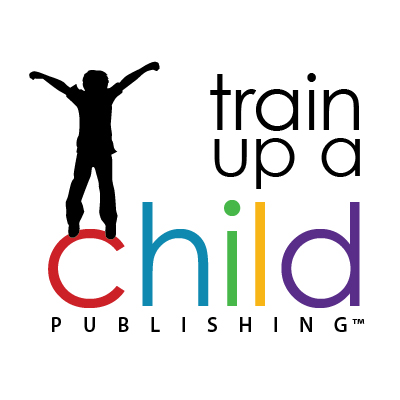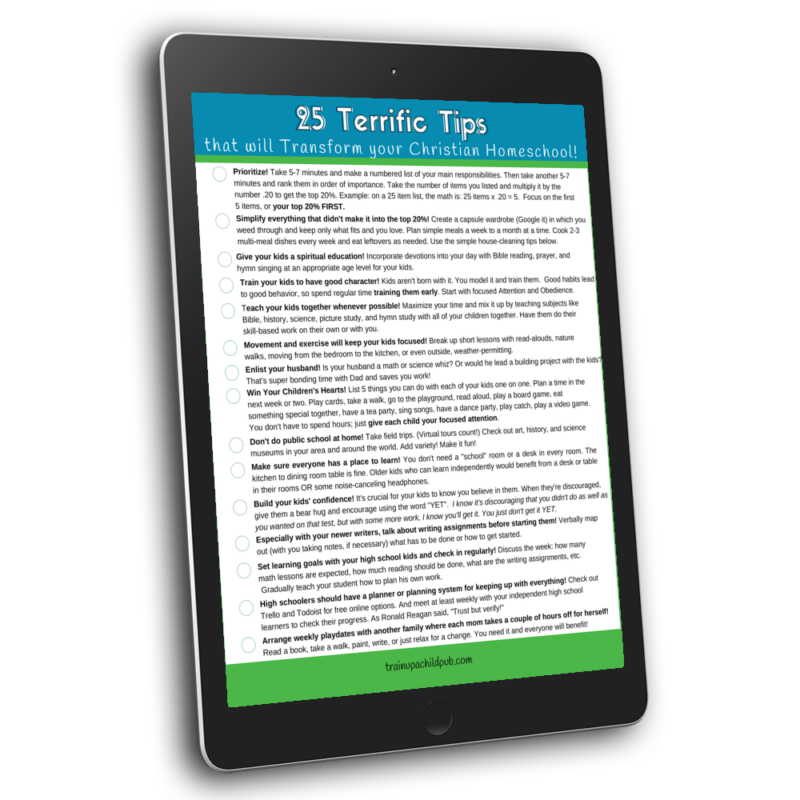5 Simple Steps to Your Big Picture Plan for Homeschooling High School

Are you biting your nails over your kids getting close to high school? Or maybe you have a 9th grader already. Yikes! If you don’t know what homeschooling high school will look like, creating a big-picture plan for homeschooling high school will let you take a deep breath because you’ll know where you’re headed. In other words, you’ll have a roadmap to follow.
If you’re planning on homeschooling through high school and don’t have your plan made yet, there are some things I know about you:
- You wish you were more confident about your student’s academic foundation for high school.
- You’re anxious about how this child is going to get into college.
- You know how important these high school years are.
- You pray that there will be scholarship money available from somewhere.
- You’re stressed that you don’t have a big-picture plan for homeschooling high school and might not know how to do one.
It’s funny because I clearly remember feeling exactly like that when our oldest hit high school, even though I had come such a long way in being more organized than when I first started homeschooling.
I now believe you can bring your kids’ homeschool education to life and still have a happy, thriving home. But in the beginning, I wasn’t so sure that was possible. For me, at least! And that’s why I have such a desire to pass along the lessons I’ve learned.
Okay, so we’ve established that…
You need a big-picture plan for homeschooling high school! A roadmap so you know where you’re going.
And I’ll show you how to make one in 5 simple steps.
We homeschooled our two kids through high school. By God’s grace, both now have doctoral degrees. I’ve successfully been through this homeschool-to-college thing and have helped many others do the same.
But you only have two kids – it was easy for you, you say.
But, what if I told you I was diagnosed with breast cancer halfway through my oldest’s high school years? Right when we were supposed to be:
- visiting colleges
- have all the record-keeping done for merit-based scholarships
- be taking the SAT and ACT, and
- preparing to fill the gaps in courses and credits to get everything we needed by the end of senior year
Yup, that’s exactly what happened, but it all worked out in God’s infinite grace and mercy.
Did I wish I’d been a little more organized prior to that? Yes.
Did we get to do everything we planned on the schedule we’d thought we would have? No.
But that’s okay; life seldom works out just as planned, right?
But I don’t want you to have all that unnecessary stress! Planning ahead of time will help when life’s interruptions and the unexpected occur.
And those things will happen!
Here’s how to get on the right track for homeschooling high school.
Step 1: Set up a spreadsheet or make a form you can use to create your big-picture plan for homeschooling high school.
Don ‘t want to bother making a spreadsheet? Get our free planning workbook for homeschooling high school by clicking on the graphic below!
‘t want to bother making a spreadsheet? Get our free planning workbook for homeschooling high school by clicking on the graphic below!
Step 2: If your student plans on going to college, take an online survey of colleges’ undergraduate requirements.
Choose a couple of public and private colleges in your state or places you’ve considered/are considering. Search under one of these:
- undergraduate admissions
- undergraduate requirements
- recommended high school courses
And don’t forget to check with your homeschooling accountability group for their requirements or suggestions for students who are planning on going to college.
Step 3: Based on your research, fill in the courses you know your student will need.
Something along the lines of:
- four English/Language Arts courses – usually General Literature, American Literature, British Literature, and World Literature. The titles don’t have to be exactly the same. Though colleges do want to see key courses that look familiar to them, not something too “creative.”
- 3-4 math courses, including Algebra I, II, and Geometry. If your student might consider a science or math major, try to squeeze in four math courses and take Pre-calculus next.
- 2-3 sciences that have labs with them — usually biology, chemistry, and physics. Note that physical science is not considered a lab science.
- 3 1-credit courses in the same foreign language. This could be a modern language, such as Spanish, French, or Mandarin, or it could be an ancient language, like Latin, Greek, or Hebrew.
- 3 credits in “social studies” (I have never liked that vague term, btw.) This usually needs to include 1 credit (year) of American History, 1/2 credit in American government, and 1/2 credit in economics. You might also include World History for one of the social science credits.
- 1 year of fine arts could be anything from singing in the choir or piano lessons to music appreciation.
- 1 year of physical education could be recording playing hoops in the driveway, taking tae kwon do classes, or a combination of running, online exercise classes, and trips to the gym. You have to track the time here and equal about 145-150 hours for one credit.
- academic electives — colleges like to see some academic electives, such as a high school composition course like Essay Styles for High School, a public speaking course, such as The Art of Public Speaking, and a course on how to write research papers such as The Steps to Writing a Research Paper.
Pro Tips:
- Ensure you get the three main math courses in as early as possible because your student will do better on college readiness exams.
- You may need your student to take the SAT/ACT for the first time without the third math course, but make sure by the second time your student takes those tests that he or she has had them all.
- Plan on having your student take those tests at least two times.
Scholarship hint: usually, the grade point average at the end of the junior year determines merit-based scholarship eligibility.
D on’t want to bother making a spreadsheet? Get our free planning workbook for homeschooling high school by clicking on the graphic below!
on’t want to bother making a spreadsheet? Get our free planning workbook for homeschooling high school by clicking on the graphic below!
Step 4: Consider your child’s gifts and abilities with the fine arts and physical education credits to round out the elective credits.
- Does your son play on a city soccer team? By all means, count that for physical education. Does your daughter take piano or guitar lessons? Count that for your fine arts credit. And you can count music lessons, recitals, and performances for that credit. Both when your student is the performer or when she attends a performance related to her course of study.
- If your student likes to cook, how about a Nutrition course? You can find a few books to read about nutrition, have him write a few papers about the latest research, do a month or two of meal planning, and cook a number of nutritious meals. If you need help putting these courses together, consider our e-book: Designing a High School Course using Real Books.
- If your student loves art, there are a number of directions you could go in putting together an art elective. Art history, a survey of a certain genre of art, watercolor or oil painting lessons, a study of impressionism, cubism, or another art movement… the opportunities are endless!
Editor’s Note: this post contains affiliate links to books we used and loved. We might receive a small commission if you purchase books using one of our links. We thank you from the bottom of our hearts for supporting us this way!
Step 5: Start early preparing for college readiness exams like the S.A.T. and A.C.T.
- It’s a good idea to begin working on vocabulary in late middle school. Research shows reading books in various genres helps build vocabulary — so please consider using a literature-based homeschool curriculum for the bulk of your high school courses. Have your students get in the habit of jotting down unfamiliar words and trying to figure out by the book context what the word might mean before looking it up.
- When your student hits 9th grade, purchase an up-to-date study guide for the (affiliate links) SAT and the ACT. Some students do better on one or the other. Some colleges prefer one over the other. So, find out which test is preferred at each college you might consider when the time comes. Pro Tip: Make sure to get the study guide that’s put out by the people who make the tests, as they are the only ones who can legally use real questions/problems that have been used on previous tests. And the most valuable parts of these guides are the practice tests. Have your student work through the book, cover to cover, and take the first practice test straight through, under simulated test conditions. Then grade it and look back over the sections where a review is necessary. Then take the next practice test… etc.
- Plan on taking the college-readiness test(s) of your choice at least twice. Both of mine did this and made a lot of improvement the second time, as most high school students do. The possible scholarship money is so worth the effort!
- If your student has a rough time on part or all of the tests, get outside help. A college student, a parent you know who’s a wiz at math, or a college prep test tutor could work with your student. Again, it’s worth the time and money if your student gets scholarship money, so consider this an investment.
So, do you have a middle school or new high school student? Have you made your big picture high school plan yet?
![]()


